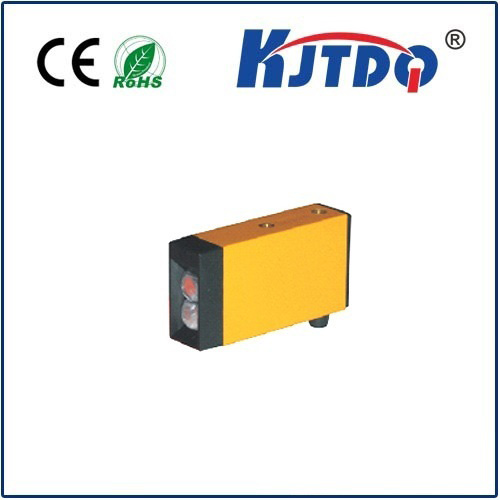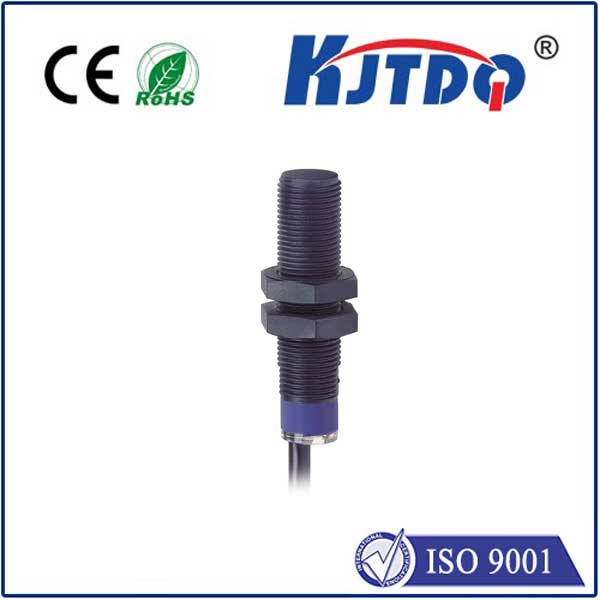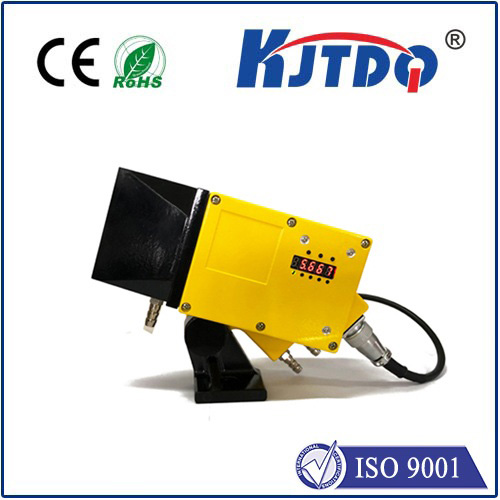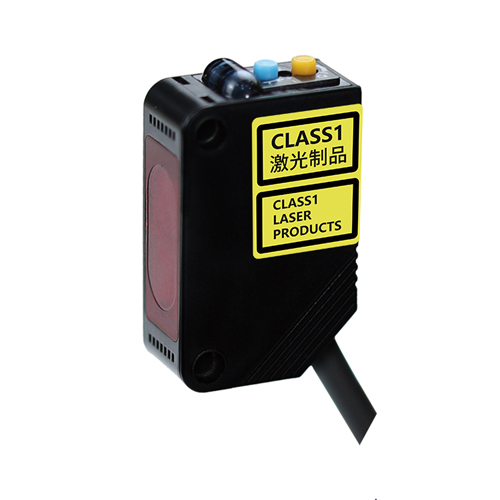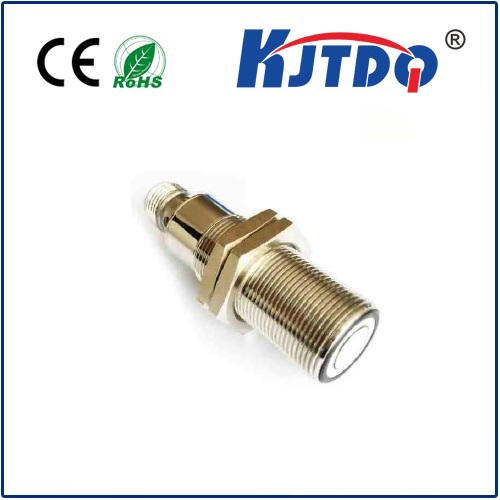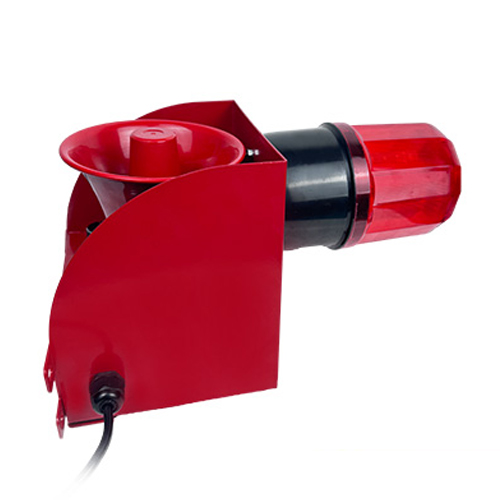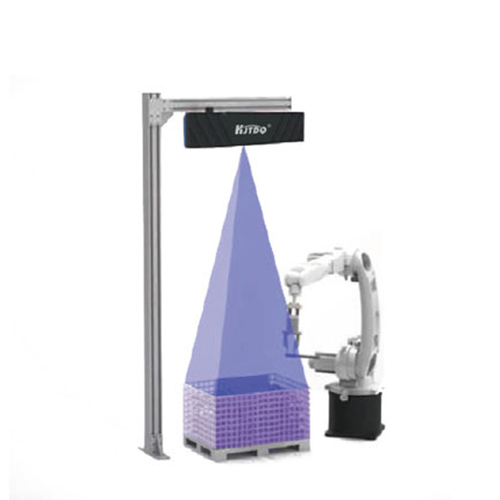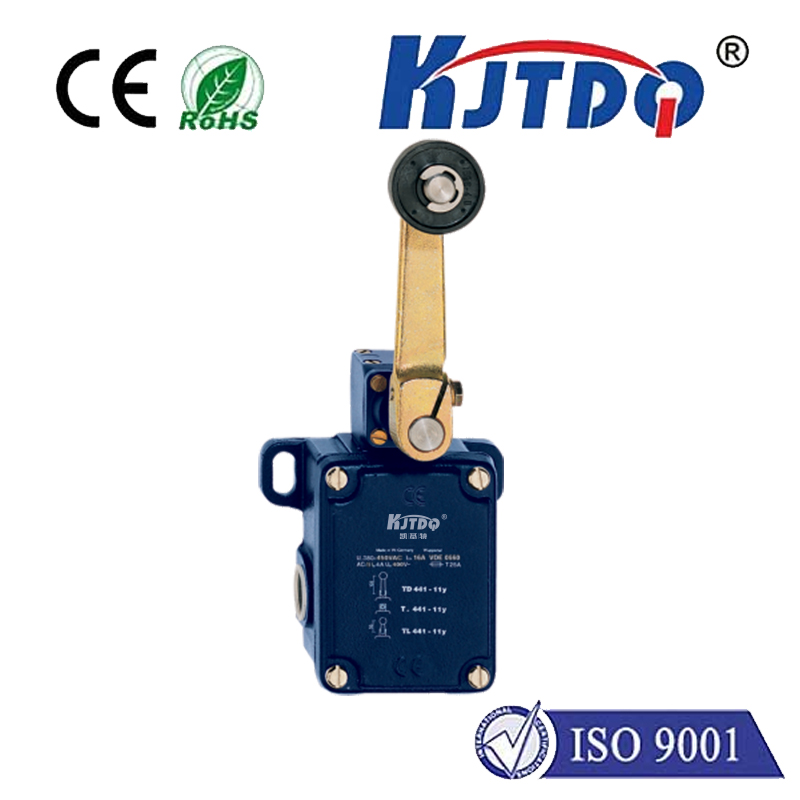

check

check

check

check

check

check

check

check

check

check
Understanding Z Limit Switch: A Key Component in CNC Machines
The world of manufacturing and automation is constantly evolving, with new technologies emerging to enhance productivity and efficiency. One such technology that plays a crucial role in Computer Numerical Control (CNC) machines is the Z Limit Switch. In this article, we will delve into the importance and functionality of the Z Limit Switch, shedding light on its significance in the realm of automated machinery.
What is a Z Limit Switch?
A Z Limit Switch is an electronic component that serves as a safety precaution in CNC machines. It is responsible for detecting the position of the machine's Z-axis, ensuring that it does not exceed its predefined limits. This switch sends signals to the control system, indicating when the machine has reached its maximum or minimum Z-axis travel. By doing so, it prevents the machine from causing damage to itself, its workpiece, or its surroundings.
Importance of Z Limit Switch in CNC Machines

The Z Limit Switch is an integral part of any CNC machine. Without it, the machine could potentially move beyond its intended range, leading to collisions and other accidents. These incidents can cause significant downtime, repair costs, and even safety hazards for operators. Therefore, the Z Limit Switch acts as a guardian, ensuring that the machine operates within safe parameters at all times.
Functioning of Z Limit Switch
The Z Limit Switch works by using physical contact or proximity sensors to detect the position of the Z-axis. When the axis reaches either end of its travel path, the switch is triggered, sending a signal to the control system. This signal prompts the system to stop further movement of the axis, preventing any potential mishaps. The switch can be adjusted to set the desired limits for each specific application, making it highly versatile across various industries.
Types of Z Limit Switches
There are two main types of Z Limit Switches available: mechanical and optical. Mechanical switches use physical contact between the switch and a part of the machine to trigger the signal. Optical switches, on the other hand, utilize beams of light or lasers to detect the position of the axis without requiring physical contact. Both types have their advantages and disadvantages, but they ultimately serve the same purpose: to ensure safe operation within predefined boundaries.
Applications of Z Limit Switches
Z Limit Switches find applications in various industries where precision and safety are paramount. They are commonly used in machining centers, milling machines, lathes, drill presses, and other CNC equipment. Additionally, they are employed in robotics and automation systems to monitor the movement of robotic arms or assembly lines. Their reliability and effectiveness make them essential components in these environments.
Conclusion
In conclusion, the Z Limit Switch is a vital component in CNC machines that ensures safe and efficient operation. By preventing excessive movement along the Z-axis, it protects both the machine and its surroundings from potential damage or accidents. With its ability to detect precise positions and send timely signals to the control system, the Z Limit Switch remains an indispensable element in modern manufacturing processes. As technology continues to advance, it is likely that improvements will be made to this critical component, further enhancing its functionality and benefits for businesses worldwide.
